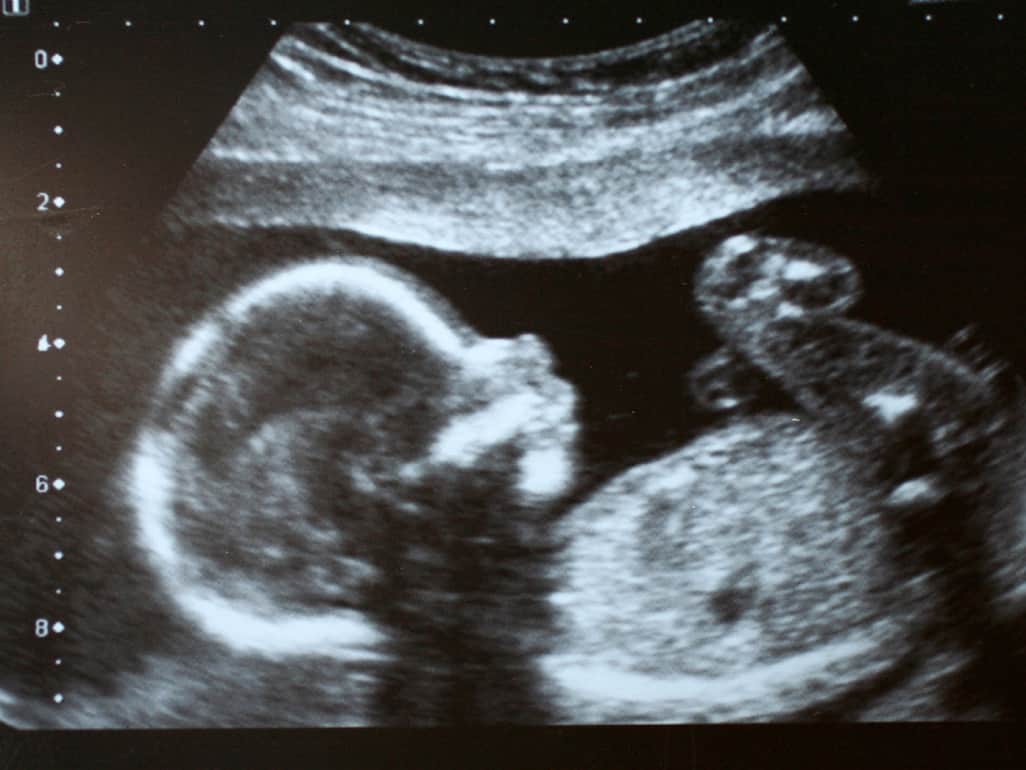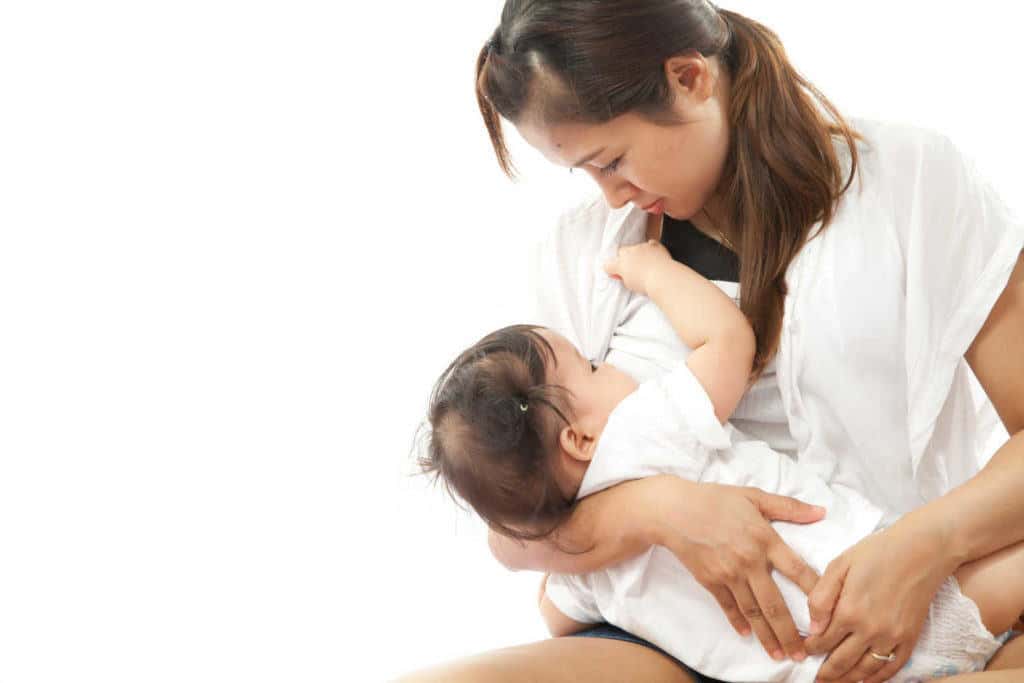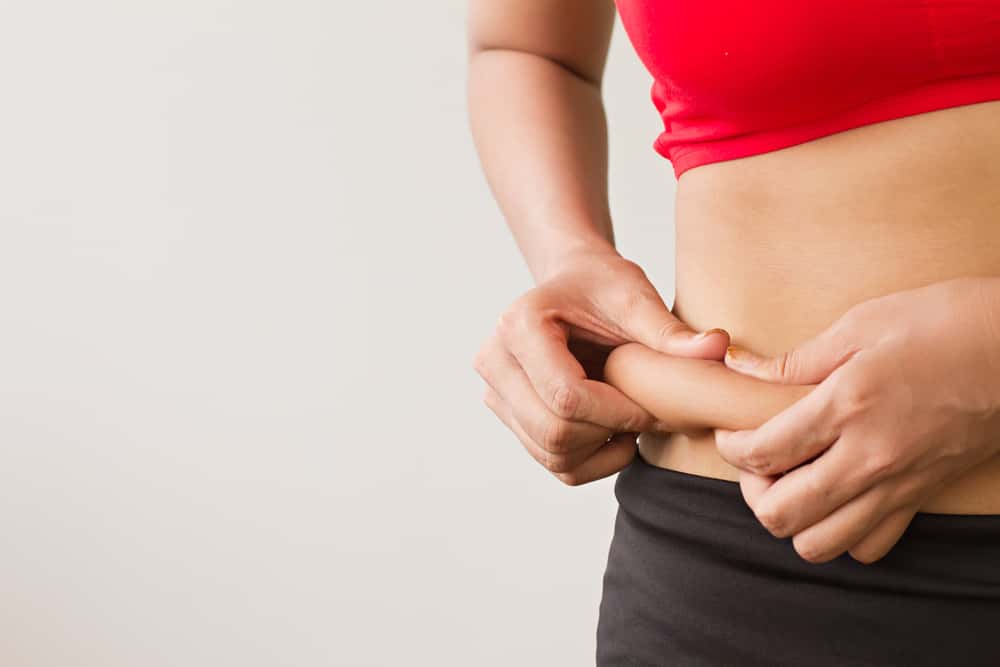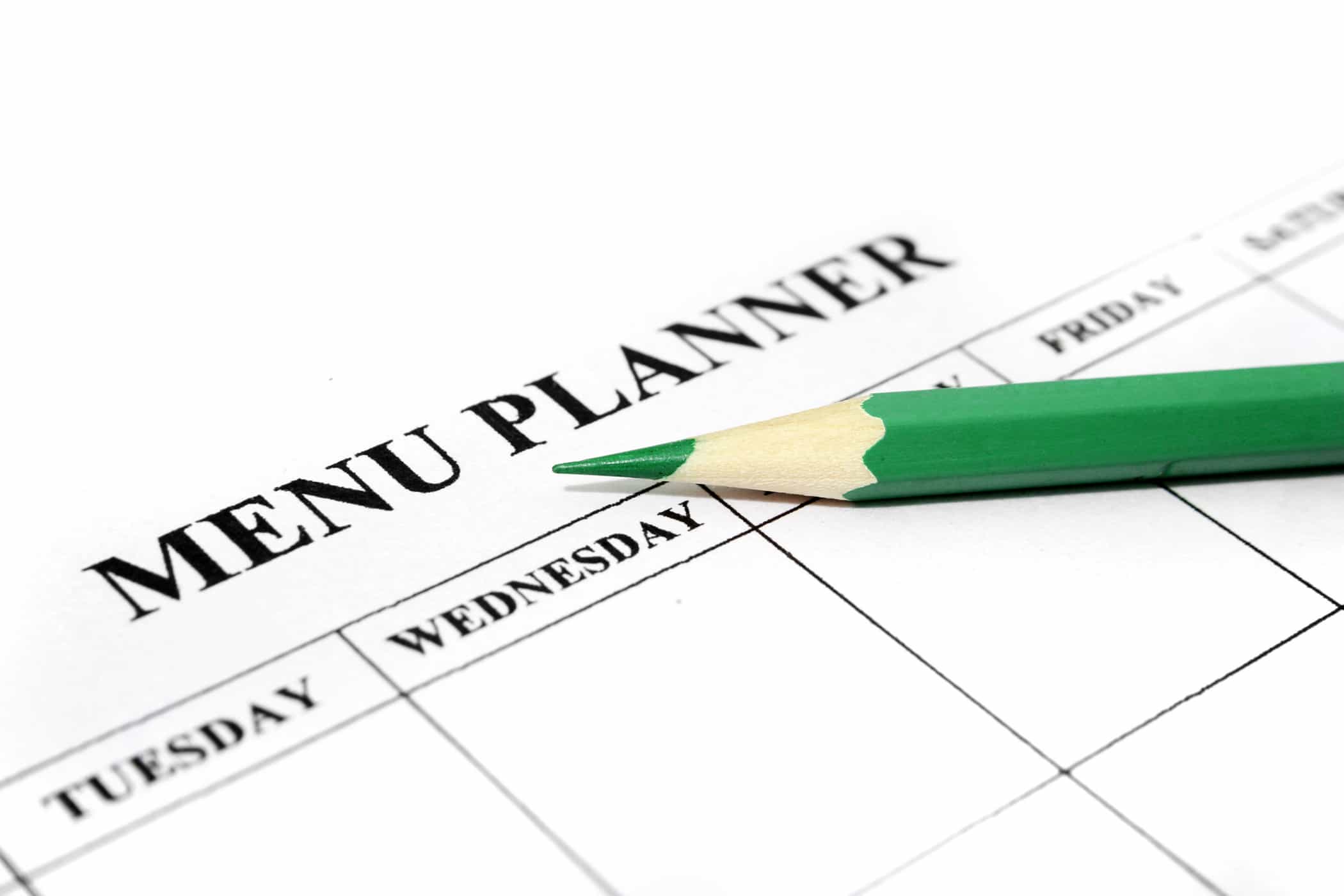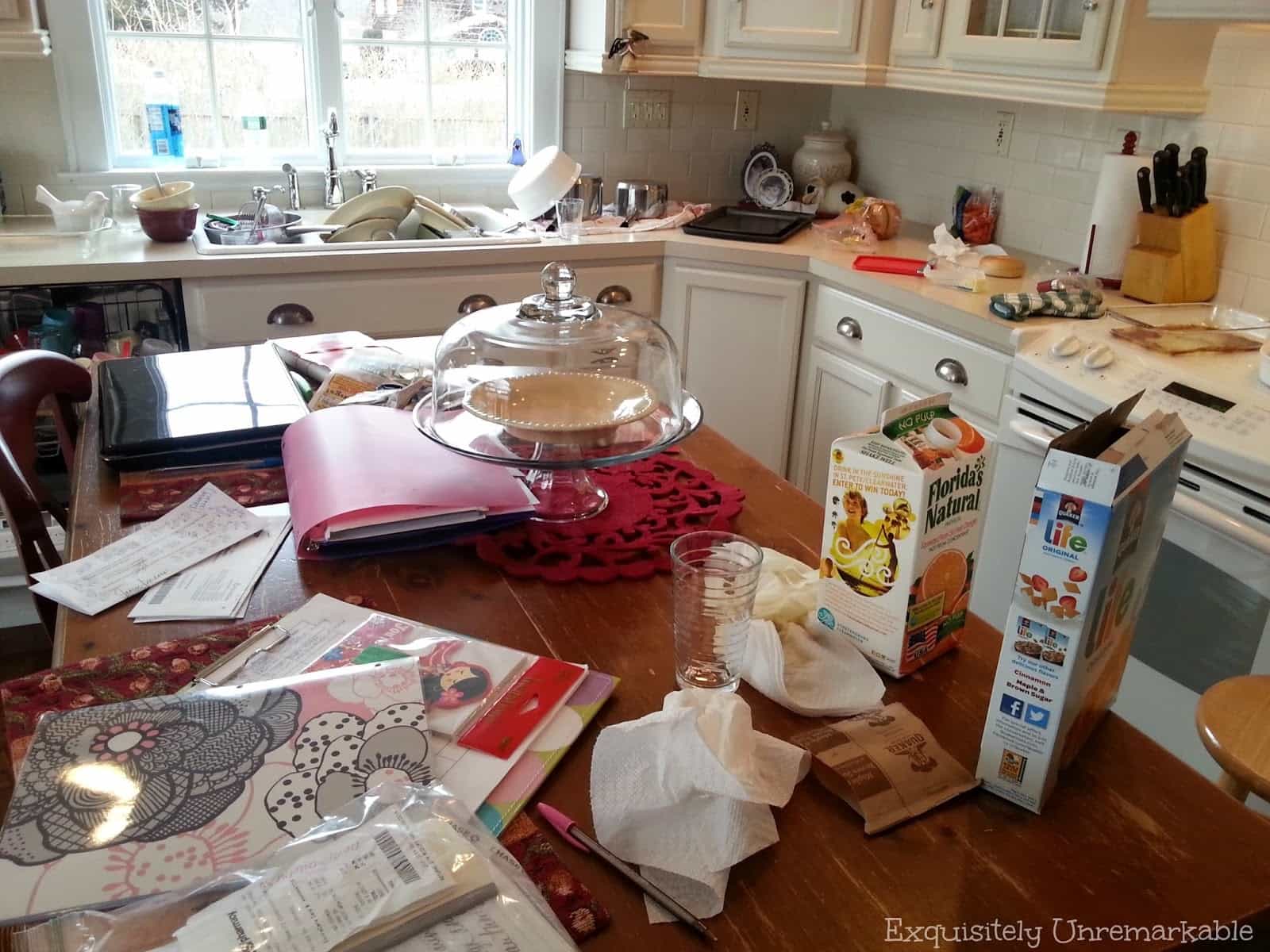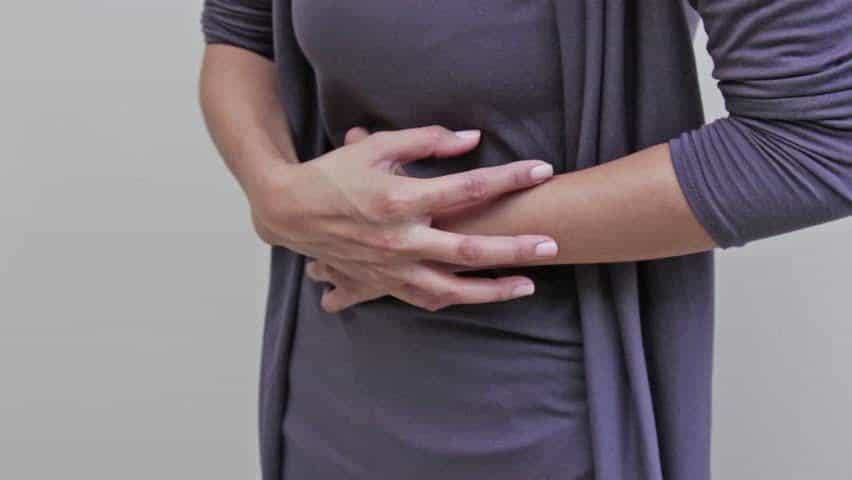Contents:
- Medical Video: Recognizing Respiratory Distress by Monica Kleinman, MD for OPENPediatrics
- Breathing babies in the womb do not use the lungs
- How do fetuses know how to breathe?
- What are the movements that the baby is doing in the womb?
- When should you immediately see a doctor?
Medical Video: Recognizing Respiratory Distress by Monica Kleinman, MD for OPENPediatrics
Do you have a memory when you were still in your mother's womb? Of course not. That is why the activity of babies in the womb is interesting to observe. Literature says that the first breath the baby does is when the baby cries when the baby is born. Then have you ever wondered how the baby breathes while still in the womb?
Breathing babies in the womb do not use the lungs
The presence of oxygen in a baby's body is certainly as important as oxygen for an adult's body. But the difference is, babies breathe in the womb not by using their lungs, as in general. The baby's lungs have not even fully developed.
The baby also does not breathe through his mouth or nose, but he fulfills his need for oxygen through the umbilical cord connected to his mother's body. Exchange between carbon dioxide and oxygen also occurs on the umbilical cord. In other words, after the mother breathes, the blood of the mother who has bound oxygen will flow to the fetus through the umbilical cord until it reaches the fetal heart. Then the baby's heart will pump oxygen-rich blood throughout the baby's body.
How do fetuses know how to breathe?
When breathing, we breathe oxygen and release carbon dioxide. However, the baby breathes in the womb by inhaling and secreting amniotic fluid. Even at the age of seven weeks, the fetus has actually carried out movements in the womb. These movements and the presence of amniotic fluid are then trained to breathe.
So, even though it is still a fetus, the baby breathes in the womb with help from his mother. After being born, the baby will be able to breathe directly using his own body. The amniotic fluid that fills his lungs while still in the womb will dry up automatically after he is born.
What are the movements that the baby is doing in the womb?
If this is your first pregnancy, you may just feel the movement and development of your fetus after the 16th week or maybe the 18th week. But actually, based on results scan Ultrasound, your fetus has made a number of movements long before that week.
- At the age of seven to eight weeks, the fetus begins its body movement by blinking its eyes.
- At the age of nine weeks, the fetus has begun to be able to move its small arms and legs, swallow, even hiccups. Movement at this age is the beginning of the fetal respiratory system training.
- At ten weeks old, from the arms and legs, the fetus is now able to move its head and jaw and direct its hands to touch its face.
- At the age of 11-16 weeks, the fetus is able to use the respiratory system to evaporate, move his eyes, and suck his thumb.
Initially soft movements of the fetus will then develop to be strong enough to make you feel it. Initially you may only feel like a small tickle, until finally the baby starts pushing, kicking, and even rolling.
When should you immediately see a doctor?
The baby certainly does not move forever, there will still be times when he sleeps and rests. As time goes on, you will begin to understand the rhythm of your baby's movements. You should only panic if:
- You don't feel a minimum of 10 movements from a baby for two hours.
- Babies still do not move even though you have stimulated them by causing noisy noises.
- There is a decrease in the frequency of movement of your baby for several days compared to the usual rhythm of movement.

